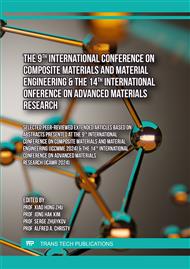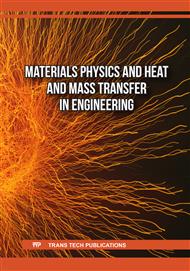p.41
p.47
p.57
p.63
p.69
p.77
p.85
p.91
p.97
Direct Regeneration of NMC622 Cathode Material from Spent Ev Li-Ion Batteries via Hydrothermal Relithiation
Abstract:
With the increasing demand for electric vehicles, there is a need to address the issues associated with the increasing number of waste Li-ion batteries. In this study, a facile hydrothermal relithiation method, followed by post-annealing, was explored to repair the structure, morphology, and composition of spent NMC622. Based on the XRD pattern, the regenerated NMC622 annealed at 800°C can be indexed similarly with that of pristine NMC622 without any observable impurities. It also showed less agglomeration, with a narrower particle size distribution than the as-recovered spent NMC622. The results suggest that a desirable structure and morphology have been successfully obtained after regeneration. Notably, the results from ICP-OES and XRF analyses further indicate that the Li content of regenerated NMC622 increased from 6.99 to 7.20 wt%, a value close to the theoretical Li composition (7.16%).
Info:
Periodical:
Pages:
69-73
Citation:
Online since:
June 2024
Authors:
Price:
Сopyright:
© 2024 Trans Tech Publications Ltd. All Rights Reserved
Share:
Citation:



